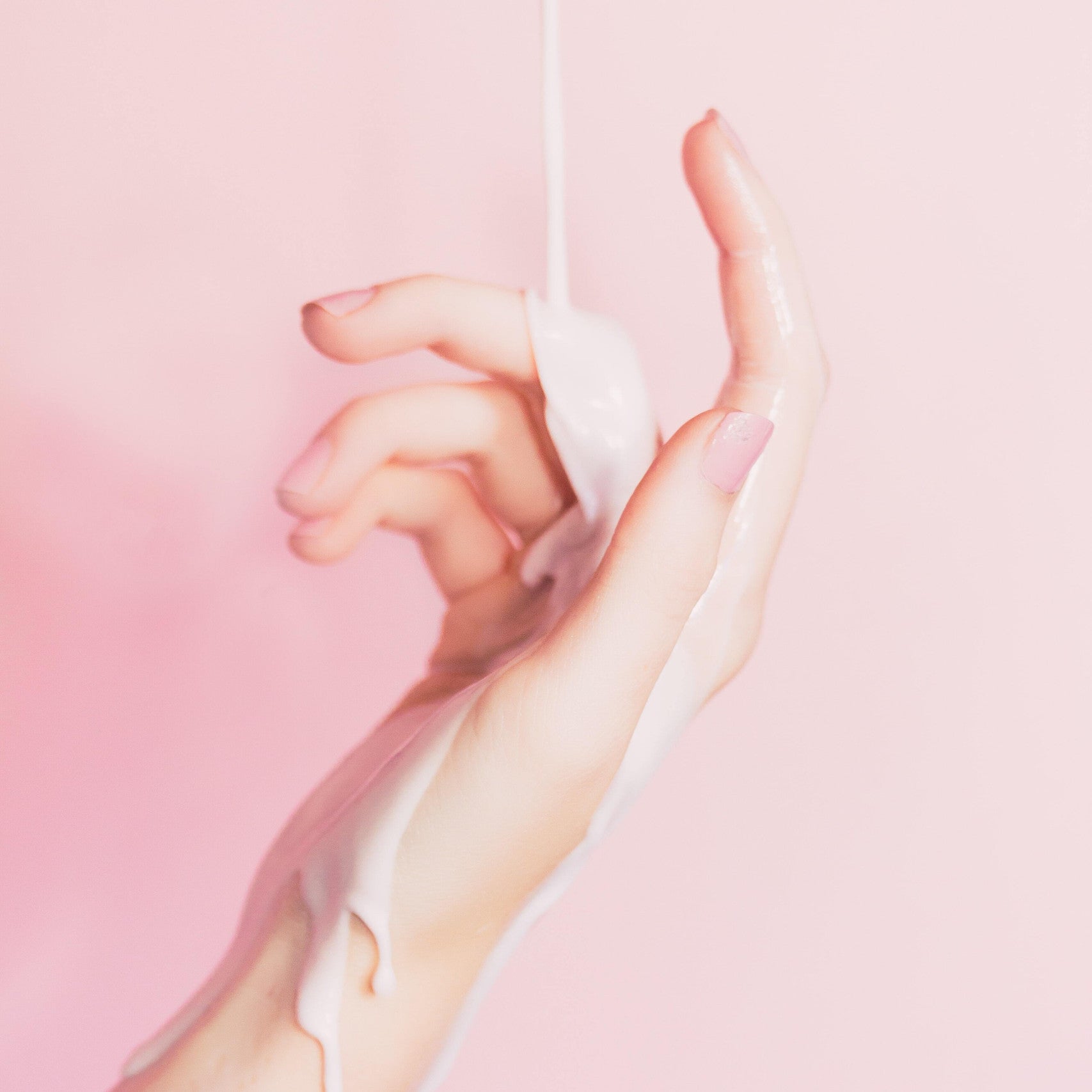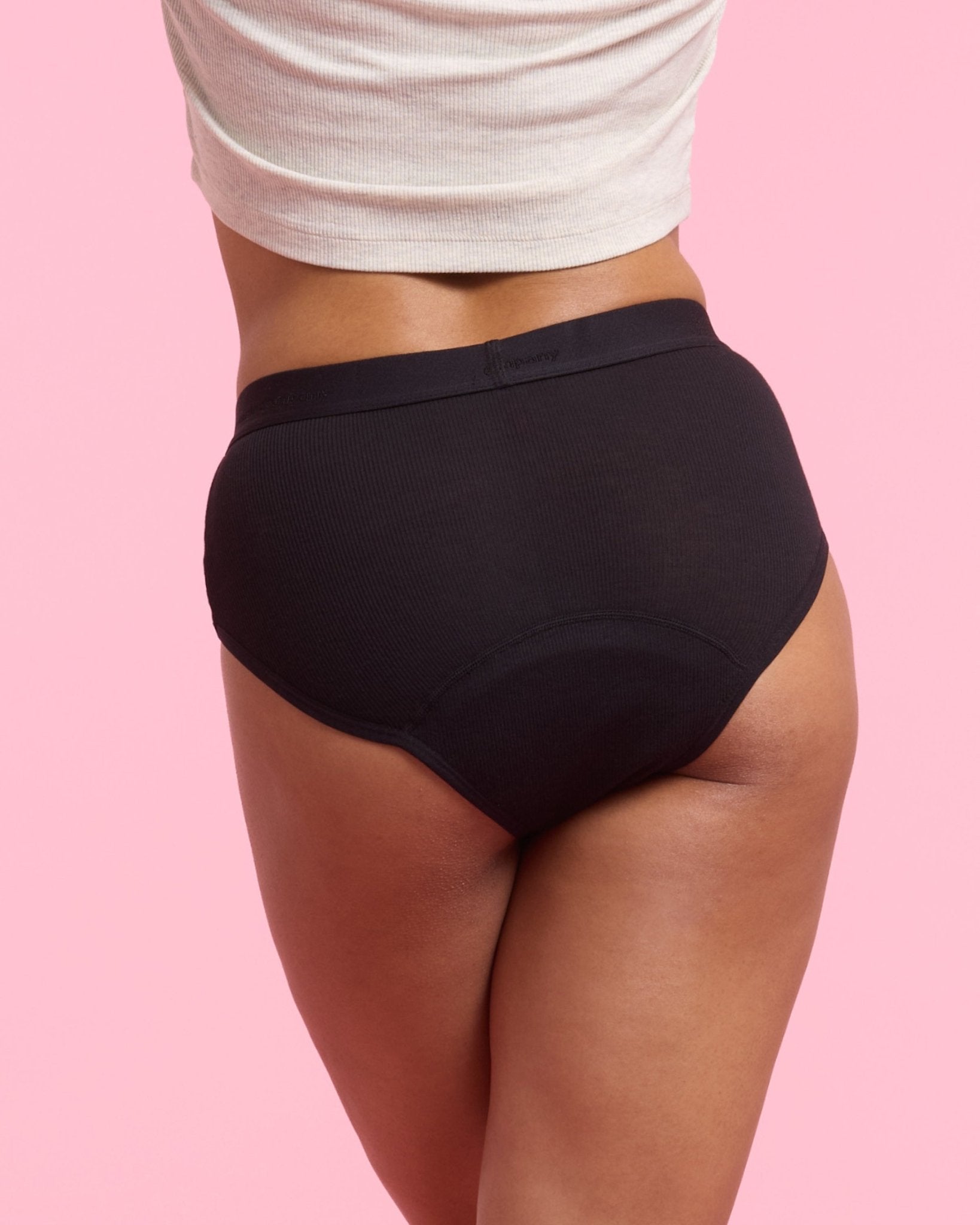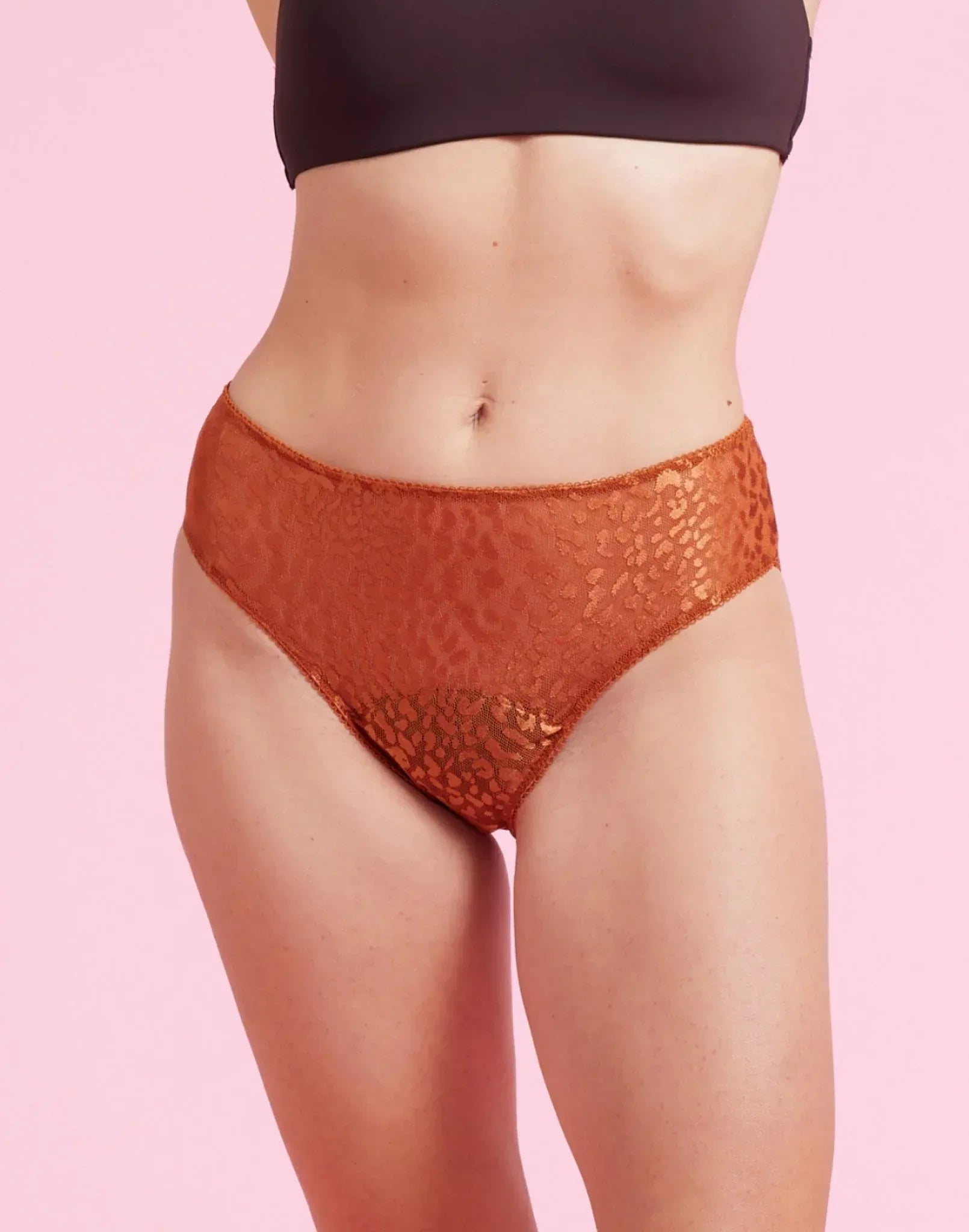Want to have sex, but without the pill? What came onto the market in 1960 as an official contraceptive and was celebrated at the time as a way for women to be sexually self-determined has a nasty aftertaste for many women today.
Summary
The pill can have some side effects.
Although it is still considered the safest contraceptive, many people today decide against taking the pill.
We are not telling you what to do here - whether you take the pill or not is entirely up to you!
Table of contents
Contents
1. Contraception with the pill
Yes, the contraceptive pill is one of the safest methods of contraception.
Yes, the pill is easy to use.
Yes, with this contraception we women have the ultimate power over our bodies.
Or maybe not?
One thing is clear: if you take the pill at the same time every day and follow a few other important rules, this contraceptive is almost a holy grail. However, it hasn't been shining for a long time.
Quite the opposite! The facade of the oh-so-great pill is starting to crumble. Pff, what can we say - huge spikes are breaking off the crown. No wonder that the pill for men is strangely taking quite a long time to arrive. But of course, why pump yourself full of hormones when women have been doing it "voluntarily" for years? *facepalm*
2. Contraception without the pill
For many people, taking the pill is no longer an option. Since the birth control pill came into existence, the libido often just doesn't want to come around. YAY! Absolute jackpot - not.
If you stop taking the pill, you start to panic a little and have 3000 questions in your head. What should I use for contraception now? Of course, we all know about condoms and hormonal coils, but if they don't make you feel good, what should you do? Otherwise, you might as well have just given up on the pill.
Of course, there is always the possibility of talking to your gynecologist about alternative methods of contraception. She is used to the stress she feels after stopping taking the pill and you don't have to feel uncomfortable in front of her.
3. Are there alternatives?
Of course, individual experiences with the pill vary. But whatever the reason you don't want to use this form of contraception (anymore), we're serving you alternatives on a silver platter.
Did you know that we women can choose between more than 10 different contraceptive methods? Can someone please explain to me why we almost always choose the pill?
4. Contraception methods 2.0 in a quick check
The copper coil
Whether it's a copper coil, a copper chain or a copper pearl ball, they all belong to the so-called intrauterine devices and do not contain any hormones. So far, so good.
What? Visually, the copper spiral resembles a T-shape, the stem of which is wrapped in copper wire. The copper chain, on the other hand, consists of a nylon thread on which small copper tubes are strung. I've never heard of the copper bead ball before; here the tubes are supposed to be attached to a three-dimensional thread structure. Er, okay!
How? But they all have one thing in common: the copper changes the biochemistry in the uterus and thereby inhibits the mobility of the sperm cells. If a sperm cell is particularly quick and fertilizes an egg cell, the copper ions prevent the egg cell from implanting in you.
Where? All intrauterine devices are only inserted by your gynecologist and yes, it can be really painful due to the tightness down there. That's why it is usually recommended for women who have already given birth. Although the copper coil can remain in the uterus for three to five years, regular follow-up checks are recommended.
The diaphragm
The diaphragm also does not contain hormones, but is a little complicated to use. If it is not fitted correctly, it obviously cannot reliably protect against an unwanted pregnancy. So if you are not planning on having any babies, you should always go to your gynecologist first.
What? Visually, the diaphragm resembles a round cap made of silicone.
How? The diaphragm is the gatekeeper of your cervix. Sperm cells cannot get in here! This contraceptive thing covers the cervix and is held in place by the muscles of your vagina. There are also smaller cervical caps. These attach directly to the cervix.
Where? The woman is responsible for herself, or what was it again? The diaphragm is inserted before sex. Either directly before or up to two hours earlier. A quickie is not an option, or the desire is miserably interrupted by the actual act of contraception. But that's not all - you also have to apply a contraceptive gel that immobilizes sperm. After sex, the diaphragm should remain in the vagina for at least eight hours. Yippee!
The hormonal coil
Ever heard of it? The name suggests it: The hormonal coil has something to do with hormones. So if you no longer want to take the pill because of the necessary hormone intake, the hormonal coil is really not for you.
What? You can choose between different models that differ in size, amount of hormones and duration of use.
How? The hormonal coil is located in the uterus and continuously releases a small amount of the hormone progestin. It therefore works in a similar way to a mini-pill. Women who use the coil often have hardly any period pain and significantly less bleeding. As with the pill, however, spotting can occur, especially at the beginning.
Where? Remember: IUDs should always be inserted into the uterus by a doctor. Otherwise it will be a mess and it can be dangerous...
The vaginal ring
Hormones olé! The vaginal ring also works with hormones and is basically comparable to the pill in terms of its use.
What? The vaginal ring is five centimeters in size and is inserted into the vagina like a tampon, where it continuously releases hormones.
How? As already mentioned, the vaginal ring is a kind of counterpart to the pill. Once inserted, it is removed after 21 days. The subsequent seven-day break with a withdrawal bleed sounds very familiar here too?!
Where? Can be easily inserted and removed by yourself. A visit to the gynecologist is only necessary if you experience any discomfort. If the ring slips during sex, wash it with lukewarm water and reinsert it immediately.
The female condom
Of course, the male pill is still a long way off, but of course the female condom already exists. See what I mean?
What? The female condom is made of nitrile or polyurethane and looks like the classic condom, only much wider. There is a ring at the end that is supposed to ensure a firm hold in the vagina.
How? Here, nothing is put over, but rather inserted - the female condom is put over the labia and elegantly inserted into the vagina. For optimal lovemaking, you should also apply lubricant to the female condom and to the penis.
Where? Can be used at any time. Even hours before sex. But like the classic condom, this model is also a one-time thing for women - fortunately!
5. Contraception without condoms
If you want to use contraception without hormones, you don't necessarily have many options. In addition to natural family planning, which is ideal for women who want to have children, condoms and diaphragms offer a light at the end of the tunnel - but they aren't really the best option. The copper coil is more modern.




































